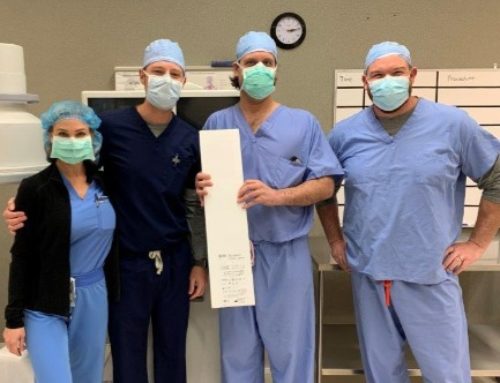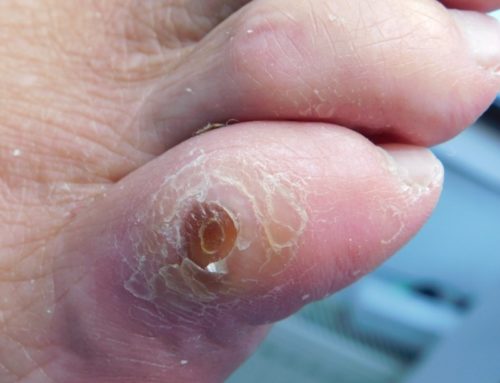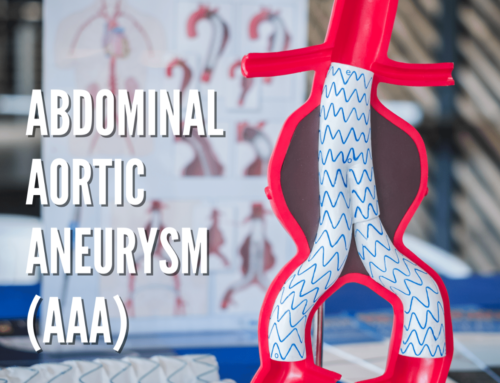Have you ever considered wearing compression socks? If they sound like something only old ladies would wear, you may be missing out on the advantages of these inexpensive and useful clothing items. Good circulation is critical to good health. Simply put, compression socks work by helping and promoting improved blood flow in your legs. Many medical conditions can lead to discomfort and swelling in your legs and feet. The consistent pressure applied by compression socks, combined with movement, encourages blood to flow up through the deep veins in your legs and toward your heart. When blood keeps moving, it’s less likely to pool in your feet and ankles, causing swelling and increasing your risk of other health conditions.
How Do Compression Socks Work?
Compression socks are tightest around your ankle and become less constrictive as they move up towards your knee. They squeeze the foot and leg tissues to limit swelling and push blood upward. Because gravity works against your body, the blood in your veins in the lower part of your body has to work harder to flow up to your heart. When blood pools in your feet, the results are fatigue, swelling and pain. But in addition to improving comfort, compression socks also decrease your risk for blood clots in the legs and a serious medical condition called deep vein thrombosis (DVT). When blood clots in the leg dislodge, they can travel up to your heart causing a pulmonary embolism – a life-threatening complication of DVT.
When Should You Use Compression Socks?
After Surgery
For many different surgeries, compression socks are recommended as part of your recovery. Even if it’s an outpatient or same-day surgery, compression socks are often prescribed. When you have to be off your feet for a period of time – and particularly for surgeries on the hip, knee, legs or abdomen – there’s an increase in your risk for DVT. Longer surgeries that require general anesthesia for more than 90 minutes also increase this risk. In these instances, wearing compression socks until you’re up and moving around normally should be a critical part of your recovery process.
When You Travel
Sitting on a plane or in a car for long periods of time is associated with a higher risk of blood clots for people with an already elevated risk for DVT – like individuals who have vascular disease, cancer, blood clotting disorders or diabetes. And if you smoke, or are pregnant or overweight, you are also at increased risk. Even for those at low risk, compression stockings provide comfort and reduce swelling in the legs and feet.
During Pregnancy
While pregnant and during the postpartum period, women are at an increased risk of DVT. Hormonal changes that occur naturally during pregnancy can have an impact on your veins. The additional weight and increase in blood volume during a normal pregnancy, combined with increased amounts of progesterone, can cause your veins to dilate and lose their elasticity. What’s more, the growing uterus can put pressure on the blood vessels and restrict blood from the legs and pelvis back to the heart. Compression stockings will help relieve swelling, leg pain and the heaviness women often feel. They’ll also help reduce the risk of spider or varicose veins from forming that last long after pregnancy is over.
When You’re on Your Feet for Long Periods of Time
If your job requires you to stand most of the day – working in a restaurant, manufacturing facility or healthcare setting – you may experience swelling or have an achy or heavy feeling in your legs. Compression stockings can help keep this swelling at bay while decreasing pain and fatigue.
During Exercise or to Help Prevent Injury
Have you seen runners sporting brightly colored socks up to their knees? They aren’t just making a fashion statement. Compression stocks are increasingly used by runners and other athletes because of their protective and restorative benefits. If you’ve been injured during exercise or training, compression can help reduce pain as you heal by promoting good circulation and providing support to the legs. And if you’re looking to stay healthy, wearing compression stockings has been shown to improve performance and help you recover more quickly after exercise.
After Exercise for Quicker Recovery
After a strenuous workout, it’s important to give your muscles time to recover. This process is vital for rebuilding muscle tissue and reducing inflammation. One way to promote muscle recovery is by wearing compression stockings. These garments apply gentle pressure to the legs, which helps to reduce swelling and improve circulation. In addition, compression stockings can help to prevent cramping and discomfort. By promoting muscle recovery, compression stockings can help you stay active and healthy. So if you’re looking for a way to improve your workout routine, be sure to give compression stockings a try.
If You Have Certain Medical Conditions
We’ve already mentioned that compression stockings help reduce your risk for deep vein thrombosis. But they can also benefit people with other foot conditions like plantar fasciitis, where improved circulation and the additional Achilles heel support can help promote faster healing. Improved circulation can also help reduce your risk of developing leg ulcers.
What Kind of Compression Socks Are Right For You?
Not all compression socks are created equal. Some of the most economical support socks are labeled small, medium and large, but the amount of compression isn’t known. The type and quality of the material, the size and the amount of compression are key in selecting the right product.Quality compression stockings range in strength from mild compression (15-20mmHg) to moderate (20-30mmHg) to firm compression (30-40mmHg). Before you head out to purchase a pair, it’s a good idea to talk with your physician and have your leg measured to ensure the proper fit.
University Surgical Associates recommends the use of Sockwell Socks for their durability, high quality design and range of color options. Their products are approved by the American Podiatric Medical Association, meaning they have been tested and reviewed by panel of APMA podiatrists.Check out this video that shows you how to easily put on compression socks!
Advanced Vein Treatment at USA’s Vein Center
If you’re living with spider or varicose veins and would like to learn more, click here. The Vein Center at University Surgical Associates offers minimally invasive, non-surgical treatment for vein disease. Take our simple vein assessment or request an appointment with one of our vein specialists by filling out the form below.






Great thanks for sharing
Great to read, Thanks
Thanks for sharing
Thank you for giving us such informative & unique content on the use of compression socks! Your article provided valuable visions on the benefits of compression socks and when they should be worn. I appreciate that you have explained all the information in detail, which is beneficial for our healthcare purpose. Thank you again for sharing this helpful information!
I absolutely love the informative article on compression socks! It’s refreshing to see how University Surgical emphasizes the importance of these socks for various conditions. The clear explanations and benefits highlighted have convinced me to prioritize my leg health. Thank you for spreading happiness.
very well explained article, Thanks.
I wear compression socks while I’m sat at my desk working and my feet seem less swollen than they sometimes used to be. Definitely recommended for anyone working in an office!
Great, Thanks for sharing
[…] The tight-fitting socks are especially recommended for surgical patients, to aid in their recovery; for travelers who plan to sit for a long time, to decrease their risk of developing blood clots; for pregnant women, to support strained veins and help relieve swelling; for runners and athletes, to prevent injury and promote recovery; and for workers often on their feet, to reduce pain and fatigue. […]
[…] The tight-fitting socks are especially recommended for surgical patients, to aid in their recovery; for travelers who plan to sit for a long time, to decrease their risk of developing blood clots; for pregnant women, to support strained veins and help relieve swelling; for runners and athletes, to prevent injury and promote recovery; and for workers often on their feet, to reduce pain and fatigue. […]